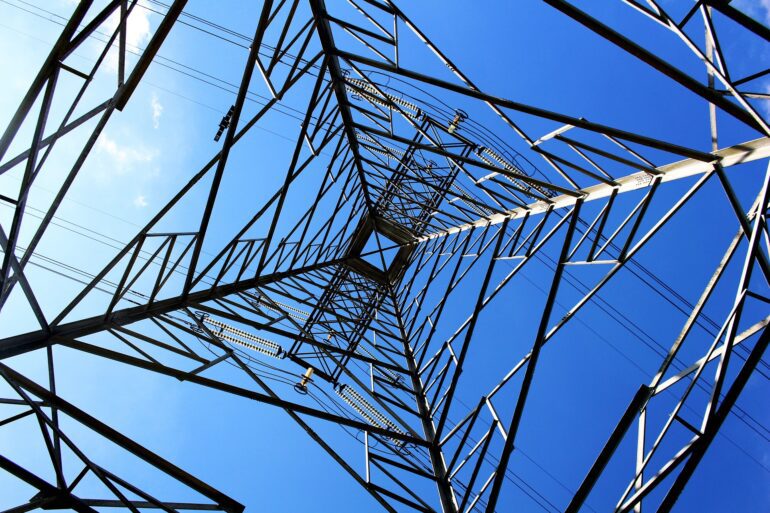TL;DR:
- Energy companies are leveraging AI and machine learning to preemptively detect hazards in power lines, prompted by past catastrophic events like the 2018 Camp Fire and the Dixie Fire.
- Traditional methods like drone inspections are being supplemented with AI-powered data analysis to handle the challenges posed by aging infrastructure and extreme weather conditions.
- Siemens Energy leads the charge by deploying AI-equipped helicopters for grid assessments, aiming to identify and mitigate potential threats such as tree encroachments and line defects.
- Despite the promise of AI, concerns loom regarding cybersecurity risks and biases inherent in AI systems, necessitating robust evaluation and mitigation strategies.
- President Biden’s executive order underscores the importance of cautious AI integration, advocating for rigorous evaluation protocols before widespread adoption.
Main AI News:
As energy companies continue to grapple with the repercussions of catastrophic events like the 2018 Camp Fire in Northern California, which was attributed to a 99-year-old Pacific Gas and Electric power line failure, the industry is turning to cutting-edge technology for solutions. Three years later, the Dixie Fire, sparked by a fallen tree on a PG&E power line, further underscored the urgency of adopting preventative measures. In a recent article by Peter Behr, the focus shifts to the exploration of artificial intelligence (AI) and machine learning as potent tools in identifying potential hazards in power lines before they escalate into disastrous incidents or disrupt electricity supply across densely populated areas.
Traditionally, drones have been employed for power line inspections. However, in response to the aging infrastructure and escalating threats posed by extreme weather conditions, Department of Energy scientists and industry players like Siemens Energy are pioneering the integration of AI algorithms for comprehensive data analysis. This entails processing vast amounts of data — thousands of gigabytes per mile — to proactively detect structural flaws and vulnerabilities. Furthermore, as the energy landscape undergoes significant transformations with the rise of renewable energy sources and the proliferation of electric vehicles, AI emerges as a critical asset in optimizing supply-demand dynamics.
Siemens Energy, for instance, has taken innovative steps by deploying sensor-laden helicopters equipped with AI capabilities for grid assessments in various European countries and undisclosed locations in Southeast Asia. The objective is to enhance the early detection of potential threats such as tree encroachments, electric leakages, and deteriorating line components. However, alongside these advancements come pressing concerns regarding cybersecurity risks and the potential biases inherent in AI systems, which could undermine grid reliability.
In light of these challenges, President Joe Biden’s recent executive order emphasizes the imperative of cautious AI integration. The order advocates for rigorous evaluations and standardized protocols to mitigate risks before widespread implementation. Meanwhile, experts at the Department of Energy’s national laboratories are actively engaged in developing robust defense mechanisms to safeguard critical infrastructure against emerging threats.
Christopher Lamb, a senior cybersecurity researcher at Sandia National Laboratories in New Mexico, acknowledges the apprehensions surrounding AI deployment but asserts against succumbing to fear. As the industry navigates the complex intersection of technological innovation and security imperatives, a balanced approach anchored in rigorous risk assessment and proactive mitigation strategies is paramount.
Conclusion:
The integration of AI and machine learning technologies into the energy sector represents a paradigm shift in risk management and operational efficiency. While these advancements hold promise for enhancing grid reliability and mitigating potential hazards, stakeholders must remain vigilant in addressing cybersecurity vulnerabilities and ensuring the impartiality of AI systems. A proactive approach, supported by robust evaluation frameworks and strategic investments in cybersecurity, will be essential for navigating the evolving energy landscape.

